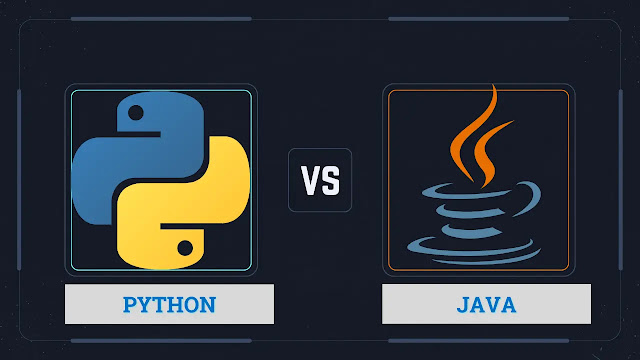Introduction
The decision of Python versus Java relies on factors like the use case, requirements, preference, and ecosystem. Python and Java, both popular languages, possess distinct strengths and find applications in diverse contexts. This comparison aids in comprehending their disparities.
Python
- Python is known for its simplicity and readability, making it a great choice for beginners and rapid development.
- It has a large and active community, with extensive libraries and frameworks available for various tasks such as web development, data analysis, machine learning, and scientific computing.
- Python is often used in domains like data science, artificial intelligence, and scripting automation.
- It offers dynamic typing and automatic memory management, which simplifies development but can impact performance in some cases.
- Python code tends to be shorter and more expressive than Java, enabling faster development cycles.
Java
- Java is a strongly-typed, statically-compiled language with a focus on performance, scalability, and reliability.
- It has a rich ecosystem and extensive standard libraries that support enterprise-level development, including frameworks for web development (e.g., Spring), mobile development (e.g., Android), and big data processing (e.g., Hadoop).
- Java is known for its platform independence, as it can run on any device with a Java Virtual Machine (JVM), providing a "write once, run anywhere" capability.
- It excels in building large-scale applications and is widely used in enterprise software development, banking, and Android app development.
- Java offers more strict syntax and type checking, which can lead to more robust code but also longer development cycles.
Conclusion
In summary, Python is often favoured for its simplicity, ease of learning, and extensive libraries, making it suitable for a wide range of applications. Java, on the other hand, shines in its performance, scalability, and enterprise-level development capabilities. Consider your specific needs and the ecosystem surrounding each language to make an informed decision based on the requirements of your project.



0 Comments